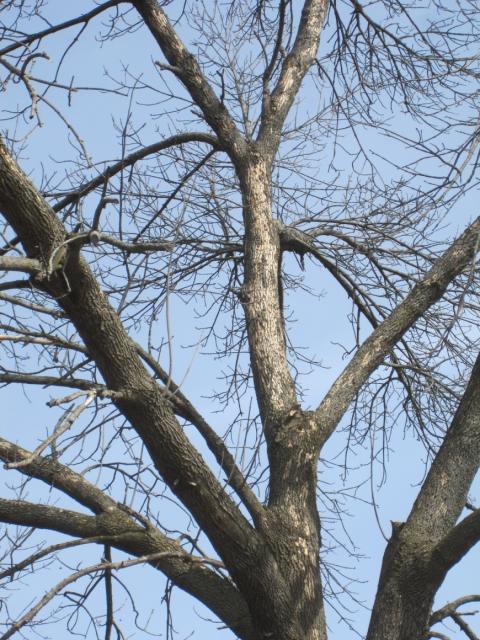Emerald Ash Borer Discovered in New Durham and Strafford

The emerald ash borer (EAB) was recently discovered in the towns of New Durham and Strafford, making Strafford County the newest county in the already-existing quarantine in Belknap, Hillsborough, Merrimack, and Rockingham counties. The new boundaries of the quarantine go into effect Sept. 21. The penalty provisions of the quarantine go into effect following a public comment period on Oct. 1. The public comment period about the quarantine of ash materials will be open until Sept. 30. Comments can be directed to the N.H. Department of Agriculture, Markets & Food by email at piera.siegert@agr.nh.gov.
EAB is a highly destructive forest pest. Though it only infests trees in the olive (Oleaceae) family and is highly specific to ash trees, it is considered the most destructive forest pest in North America. Unless landowners and communities actively take steps to prevent it, EAB kills infested ash trees within three to five years.
"Concerned citizens, homeowners who have ash trees on their properties, community leaders, members of the forestry and 'green' industries, and those concerned about the health of New Hampshire's trees and forests are encouraged to learn about looking for and managing EAB risks and costs," said Karen Bennett, a forestry specialist with UNH Cooperative Extension. "A good place to start is www.NHBugs.org. EAB is going to continue to spread in the state, so if you have ash trees in your yard, woods, or town and you want to save them, now is the time to act."
EAB quickly spreads when people move nursery stock and untreated wood products, especially firewood. It can move on its own, but only two miles or so per year. These new infestations are likely the result of natural spreading, due to the proximity to previously known infestations. Regardless of how it got there, new finds of EAB result in a county-wide quarantine to reduce the transportation of the beetle while facilitating trade in "safe" ash products.
Piera Siegert, state entomologist with the N.H. Department of Agriculture, Markets & Food, says, "We added Strafford County to the quarantine area to reduce transportation of EAB through movement of potentially infested materials, like firewood, chips, and logs into other parts of New Hampshire. Foresters, loggers, arborists, and other professionals who work with these goods may qualify for a compliance agreement. These allow for continued trade of wood products while reducing the risk of moving EAB to new areas."
The goal is to manage the ash resource, while also managing the EAB population through biocontrol, pesticides, best management practices, and silviculture. These steps in combination are part of the program to slow the spread of EAB.
Brad Simpkins, state forester with the N.H. Department of Natural and Cultural Resources, Division of Forests and Lands, says, "We found EAB adults in Strafford County using traps deployed along the border with Belknap County. We use a mix of traps and people to find new infestations of EAB. Sometimes, signs of EAB are easy for a person to spot in a tree, and other times, as in this case, we rely on the traps to make the first detection. Early detection enables those municipalities, landowners, and residents of Strafford County with an interest in preserving their ash the time to implement their ash management strategies."
Andy Fast, UNH Cooperative Extension's Strafford County forester, advises homeowners and woodlot owners to look for signs of EAB infested ash trees, including increased woodpecker activity. “Woodpeckers will strip away the outer bark to find EAB larvae, leaving the trunk with a 'blonded' appearance," he says. "EAB can be a fast-spreading insect. The best homeowners can do is locate infested trees, treat or remove them, and try to slow down the spread of this invasive insect."
EAB was first detected in New Hampshire in the spring of 2013 when an infested tree was identified in Concord. Since that initial detection, it has been found more than 30 New Hampshire towns. Connecticut and Massachusetts are two other New England states with infestations.
To learn more about emerald ash borer, including treatment recommendations, or to report a suspect tree or insect, go to www.NHBugs.org.
Emerald ash borer resources:
Report suspect trees and insects
